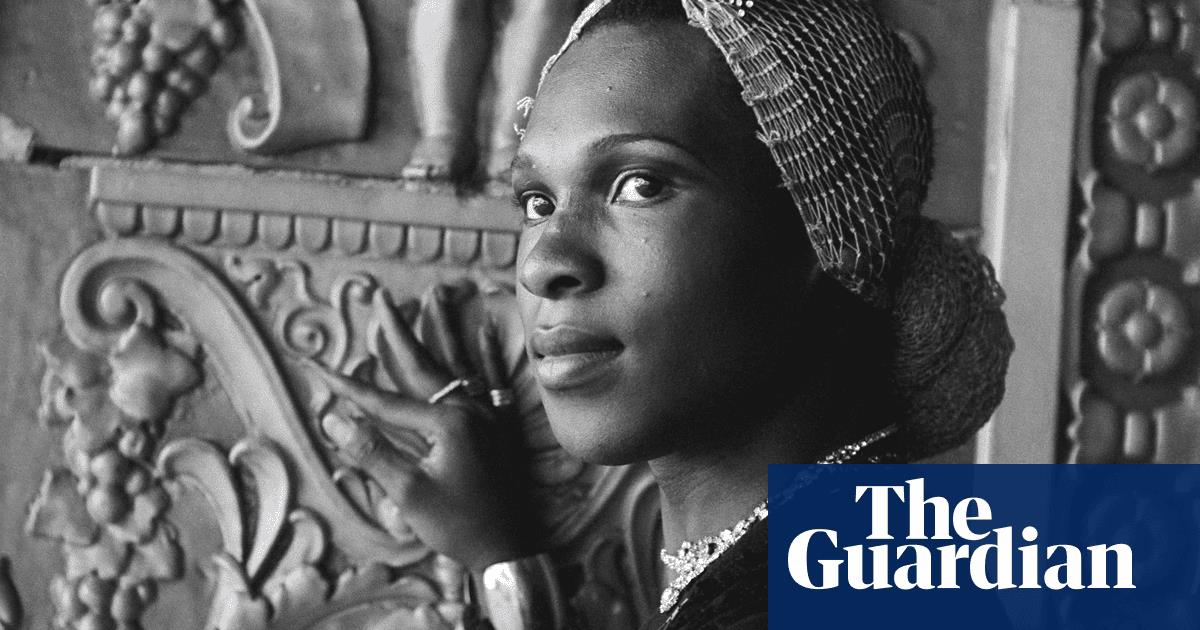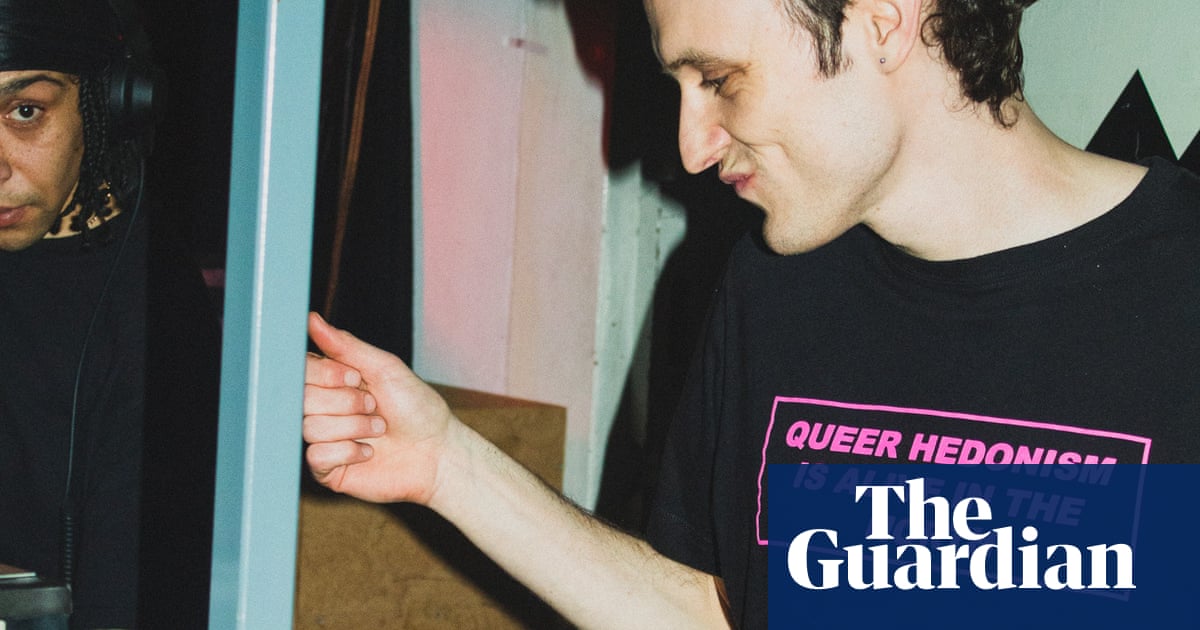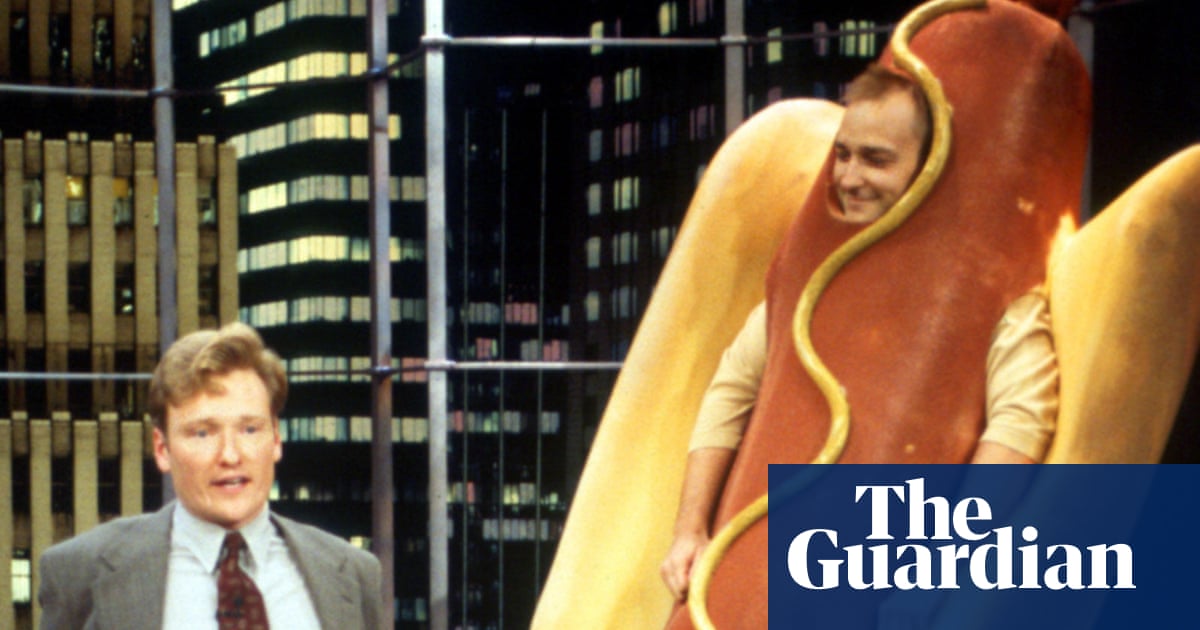
On Fridays and Saturdays after midnight in the early 1970s, in a movie theatre in San Francisco’s Little Italy, a 22-year-old would walk on its stage and sing. Wearing high platform shoes, glamorous vintage clothes and accessories, and a glittering turban or pompadour wig, he performed the torch songs and blues of early-to-mid 20th-century America, music far away from the futuristic sounds that would later make him famous.
Eight years before his hi-NRG anthem You Make Me Feel (Mighty Real) became a global disco hit – and a landmark moment for LGBTQ+ artists in pop – Sylvester’s musical career began at the Palace Theatre in North Beach, San Francisco, accompanied by his pianist friend Peter Mintun. Mintun taped their intimate rehearsals, and this month underground label Dark Entries have released them: beautiful, intimate recordings, showcasing Sylvester’s showstopping falsetto, his emotional range, and the lost depths of his talents.
“His voice was never forceful and loud, and it could be so sweet,” says Mintun, now 73, video calling from New York. Born in Los Angeles, Sylvester was new in San Francisco when he met Mintun around a piano at the Palace in the summer of 1970; Mintun was rehearsing with the Cockettes, the pioneering avant-garde drag troupe who ran a film-and-theatre night there, the Nocturnal Dream Show, that started the careers of John Waters and Divine. “Sylvester was wearing a wool cap, bell-bottomed jeans and lots of bracelets that clanked – he sat down next to me and started adding the bassline as I was playing, asking if I played Somewhere Over the Rainbow or Stormy Weather. And I said sure, and he sang – and how he sang.”
They discovered they shared a love of the 1920s pop culture of their grandparents that they saw in old movies on TV and in magazines. “We saw that time as a fertile period for the imagination, full of formality, but a fun and zaniness too, before the stock market crash when the orchestras were larger!” They rehearsed a train ride away in Mintun’s Oriental-rug and fringe-lampshade-filled living room in Menlo Park – there, Mintun had a Webber upright piano, an expensive vintage microphone borrowed from a friend, and a huge reel-to-reel tape recorder, which he used to tape their sessions for Sylvester to practise in his bedroom at home.
To hear the singer shift seamlessly from chatting to nailing gorgeous renditions of Billie Holiday’s God Bless the Child, George Gershwin’s A Foggy Day and love songs from old movies such as Indian Love Call is mesmerising. The friends also loved dressing in period wear, and the gorgeous, art deco-style booklet which accompanies this release features Mintun’s photographs of Sylvester, taken on an old manual focus camera in sophisticated locations around San Francisco (“I was trying to take photographs that look like they were taken in the past”). They had great days driving around in Mintun’s 1938 Buick, Sylvester jumping out for a photo in front of luxury mansions and museums, to “caress a doorframe, or lean against a rail”, Mintun adds, smiling.
Sylvester never worried about how he looked, or about being attacked or abused. “Considering how outrageous he was, he dressed and behaved in public as he wanted to. He was brave and he was defiant.”
His solo spots with Mintun at the Cockettes shows became popular – they got a two-night run, Sylvester at the Palace, in February 1971, and were a hit at an otherwise disastrous New York outing for the Cockettes the following November. But Mintun got a steady piano gig in an upmarket San Francisco hotel while Sylvester formed the Hot Band, with whom he supported David Bowie at his Ziggy Stardust gig in San Francisco, and released two albums of rock and funk-flavoured covers. Then he met backing vocalists Martha Wash and Izora Armstead, who later became the Weather Girls, and producer Patrick Cowley, who skyrocketed his disco sound.
But Sylvester and Mintun stayed in touch. The singer would ask his friend for help sourcing vintage imagery (“of skyscrapers and old cars”) and at his 3,000-capacity San Francisco War Memorial Opera House gig in 1979, where he was given the key to the city, Mintun was his special guest; the set included some of the songs they used to play together.
Mintun last saw Sylvester at his house in the mid-1980s, where they played the piano together and talked about writing a song. He was devastated when he heard his friend had been diagnosed with HIV/Aids in May 1988, seven months before he died. “I just thought, oh my God, another brilliant person whose life is coming to an end.”
Mintun kept his tapes safe over the years, and a few years ago – after the Palace was demolished in 2013 – he shared them online with friends, which is how Dark Entries boss Josh Cheon came to hear of them. Mintun hadn’t thought about how they were the earliest recordings of a pioneering icon until that happened, he says. “They don’t sound like they’re 53 years old to me. They still sound fresh. Like we’re back in the room together.”












